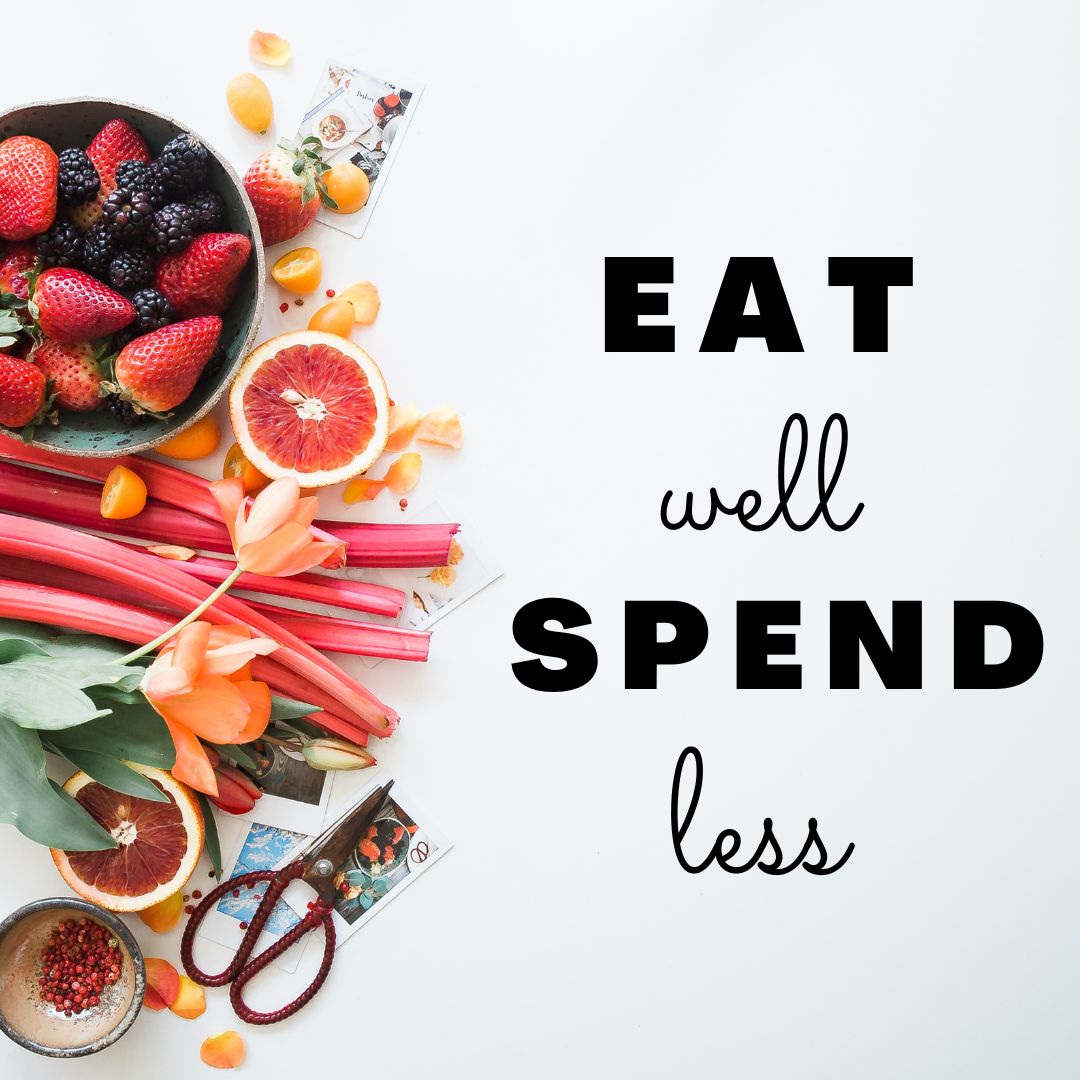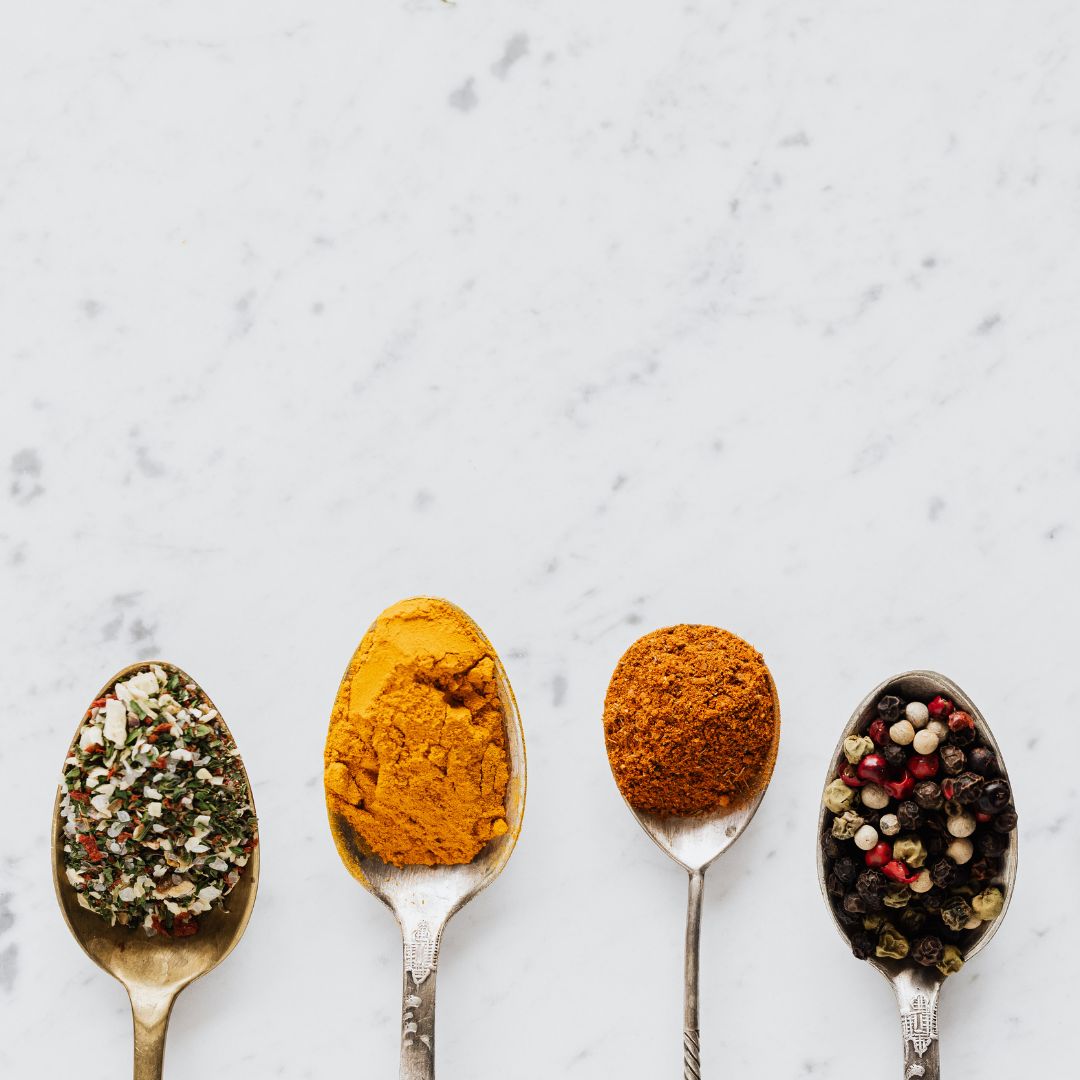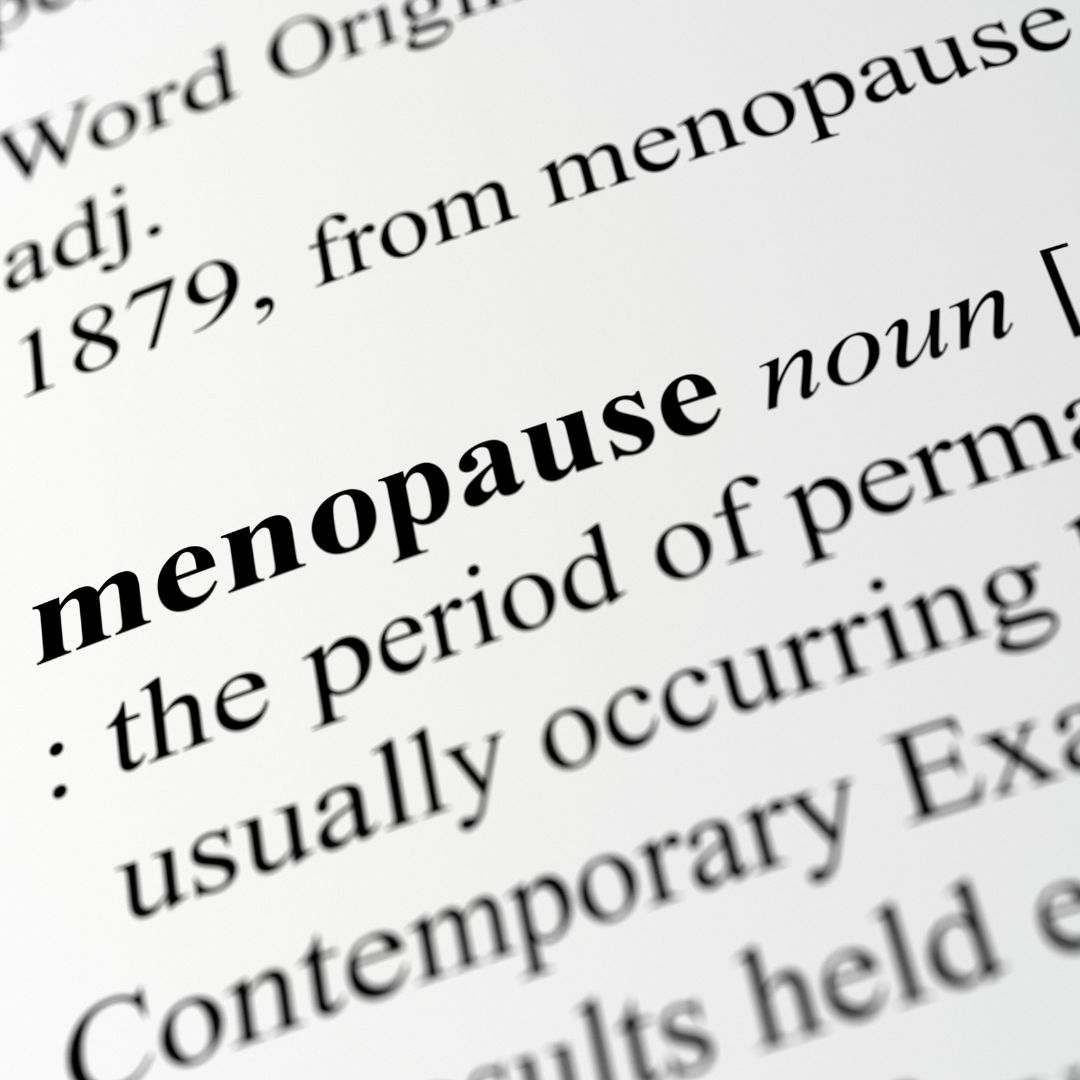
Why We Should All Eat the Seasons
A restaurant menu focused on seasonal produce is often a go-to sensation, but do you know why it’s important to eat seasonally?
Quite simply, when you eat locally and seasonally you know you are eating the freshest, most abundantly available produce. It is better for everyone – you get the tastiest veg, the local farmer benefits, and food miles (the distance our food has to travel from the farm to your fork) decreases so you get to save the environment, too.
Another unexpected benefit is to reconnect to nature’s seasonal cycle. If you have children, this is especially important as it teaches that food does grow at specific times, a hard concept to grasp when imports from all around the globe ensure that supermarket shelves look the same practically every week of the year.
If you're wondering when you should start, the answer is: now. A survey in BBC Good Food magazine showed we’re not as good as we think at figuring out what is in season when. Of the 2000 people it asked, 86% claimed it was important to shop seasonally, 78% said they were doing it – and yet only 5% could say when blackberries were at their best.
I want to help make this the year that you can embrace this concept. Firstly, you can check my newsletter or Instagram for regular reminders of what’s in season each month and a little inspiration for what to do with it (Link to sign up to the newsletter – www.alexallannutrition.co.uk/sign-up).
Where to buy seasonally
Farmers’ markets are a great place to find local seasonal veg. Make it your mission this month to find out what’s on near you. Ask friends and family and, if you’re feeling bold, ask the question on your Facebook page to get the quickest response.
Failing that, try these two resources to find a place near you:
http://www.findlocalproduce.co.uk/
https://artisanfoodtrail.co.uk/events/
https://saturdayandsunday.co.uk/weekend-farmers-market-directory/
Having someone else do the hard work and just bring you the goodies is also a good thing. If you’ve never considered getting an organic veg box, it can be an amazing experience. It’ll teach you super fast what is in season when, you’ll get some of the best produce available in your area and delivered to your door, and it will wake you up to the magic of cooking.
I wonder whether this resonates with you. I actually LOVE cooking but with a family and running a busy clinic, even for me it often turns into a real chore; a juggling act between what everyone wants to eat (usually the same things week in, week out) and what I have actually got in the fridge or cupboards. Inviting a veg box into your life forces you to try something new, and this can be very invigorating. Of course, you can pick and choose the types of ingredients you want and avoid having things added that your family hates, but I urge you to have a go and see what happens.
The following offer a huge variety of veg-only or fruit and veg boxes, some even with a ‘pick your own’ element where you can pick and choose exactly how much of what you have
https://www.riverford.co.uk/shop/veg-fruit-and-meat-boxes
https://www.eversfieldorganic.co.uk
Do check my blog for recipe inspiration, but let’s start off with something delicious that you might not have tried that’s in season this month – courgettes!
Courgettes are a great source of potassium, a mineral which helps to keep our muscles working properly so we can move around. Courgettes also contain a good amount of both vitamin C and folic acid. Just half a large courgette counts as one of your 7-a-day (one portion of veg or fruit is 80g raw weight).
Serves 4-6
3 medium courgettes, sliced
300g trimmed green beans
2 x 200g blocks of feta, each cut in half
4 tbsp olive oil
4 garlic cloves, crushed
Handful thyme leaves
Zest of 3 oranges
50g fresh gluten-free breadcrumbs
75g hazelnuts, roughly chopped
extra virgin olive oil, to serve

Good Mood Foods
How we nourish our bodies has a profound effect on our mood. Here are my top foods to include… and what to avoid.
IN
OUT

How to eat well ##plus## spend less
Eating food you have cooked or prepared at home is healthier for you. It is also considerably cheaper. The key to this is planning. You’ve probably heard the saying ‘failing to plan is planning to fail’. Without a weekly food plan, it will be pure luck if you end up with the right foods in the fridge or cupboard. And, without planning your time, you won’t always make the time to enjoy breakfast or make that lunch. You could be saving a LOT of money each and every week by following these tips.
EXERCISE 1: HOW MUCH ARE YOU REALLY (OVER)SPENDING?
Be honest with yourself about your spending and shopping habits. That starts with looking into how much you spend each week on take-out coffee, croissants, and other breakfasts; lunchtime salads, soups and sandwiches; snacks and other food treats; and ready meals, takeaways or last-minute meals out.
Make a note every time you buy something (not the main food shop) to eat out of the house. Do this for a week, then multiply by 4 to give you an approximate monthly total.
Log into your banking app (or go online) and make a note of how much you spent over the last month on food.
Add the two figures together. This gives you your total for how much you are spending on food each month. I suspect you will be shocked. Most people are.
Commit to saving a certain amount each week or month. Decide what that is. Commit to it and write it down. What will you do with that extra money? Where can you economise?
EXERCISE 2: PLAN YOUR PLANNING
Become a planning ninja. The thing about planning is that you need to actually plan to plan. It’s easy to get derailed by events, situations, relationships and tasks that insert themselves into our already busy lives.
Choose a time when you know you will be free every week to plan your meals – breakfasts, lunches and dinners. Ideally plan midweek for the following week. Put a reminder alarm on your phone. If this planning job doesn’t get done, you will have no choice but to shop on a day-to-day basis, which is much more expensive.
EXERCISE 3: AUDIT WHAT YOU HAVE
Turn these meal plans into a shopping list.
Also create a master list of what you already have in your freezer, fridge and cupboards.
Cross anything you already have off your shopping list.
EXERCISE 4: SHOP YOUR PLAN
As an experiment, spend at least one week only allowing yourself to buy what is on your shopping list. No extras! The planning and shopping discipline may take a little time to get used to, but it is worth persevering.
Off-list shopping and impulse buys are the biggest enemy for anyone wanting to keep to a budget. Do not go to the supermarket hungry. You are more likely to shop off-list when you do.
EXERCISE 5: GET CREATIVE
A huge amount of food is thrown away, because we’re not sure what to do with leftovers. Make a commitment to using yours and prepare to save money. There is a bank of resources online to help you find easy recipe suggestions for pretty much anything you may have lurking in the fridge.
This will feel uncomfortable at first. You will be making some meals you have definitely not tried before!
Try the following:
Tesco Meal Planner Left Over Tool (https://realfood.tesco.com/meal-planner/leftover-tool.html)
All Recipes Leftovers Tool (http://allrecipes.co.uk/recipes/tag-476/leftovers-recipes.aspx)
Love Food Hate Waste (https://www.lovefoodhatewaste.com/recipes/?gclid=EAIaIQobChMIoqb6tqnl3QIVA7ftCh2Cjg_eEAAYASAAEgK12_D_BwE)
GOLDEN RULES OF HEALTHY EATING ON A BUDGET
1 INCLUDE PROTEIN AT EVERY MEAL AND SNACK
Protein keeps energy levels stable and is essential for the body’s growth and repair, and healthy skin and nails. Protein is found in meat and poultry, fish, seafood, eggs, lentils, beans, pulses (like chickpeas), quinoa, nuts and seeds. Protein should make up a quarter of your meal (about the size of a clenched fist). Many people do not have protein-based breakfasts. How can you change yours?
MONEY-SAVING TIP: the cheapest sources of protein are vegetarian sources, like beans and lentils. Consider going meat-free one or two days a week. Eggs sold as ‘mixed sizes’ are cheaper than buying all M or L.
2 EAT PLENTY OF FIBRE
That means lots of vegetables – likely more than you are currently eating. The recommendation is 5 portions of vegetables and 2 portions of fruit (ideally low sugar fruit like berries, apples, pears, plums – anything grown in the UK) a day. Fibre keeps energy levels constant, balances your hormones, fills you up, keeps you regular and those fruit and veg contain many immune-boosting plant chemicals. Aim to eat a rainbow of colours over the course of the week.
MONEY-SAVING TIP: Greengrocers are often the cheapest places to buy your veg. Also consider basing meals around special supermarket deals (example Aldi’s Super 6), and don’t rule out the basics and essentials ranges of veg (usually just means they are not regular shapes and sizes). Don’t rule out frozen veg either. It’s cheap, often frozen soon after picking so it’s very fresh, and offers the ultimate convenience. And you are likely to waste less.
3 CHOOSE HEALTHY FATS
Eating fat doesn’t make you gain fat or otherwise put on weight, but some fats are healthier than others. The body loves omega 3 fats, which boost mood and support the stress response, and reduce inflammation. They are found in oily fish (salmon, trout, halibut, cod, fresh tuna, mackerel, sardines), flaxseeds, chia seeds, hemp seeds and walnuts. Other healthy sources of fat are avocados, olive oil, coconut oil, nuts and seeds.
MONEY-SAVING TIP: Frozen fish is a far cheaper option than refrigerated. Don’t be fooled into thinking it’s inferior. Often supermarket ‘fishmonger’ counter fish has been frozen.
4 THINK CAREFULLY ABOUT STARCHY ‘CARBS’
Many diets rely heavily on white, pasta, bread, rice and potatoes, but these (especially when eaten without protein) can unbalance your blood sugar levels and cause you to store fat. Swap to healthier wholegrain alternatives; brown rice, wholemeal pasta and bread, and sweet potatoes, and ensure this element takes up no more than a quarter of your meal.
MONEY-SAVING TIP: Many people bulk up meals with starch, especially on a budget. Your body will love you for bulking meals up with veg instead. Eating large portions of starchy foods will have you craving more food than if you had more modest portions.
5 CUT SUGAR
Most people have an understanding that sugar is not good for them. Eating sugary food is like a treadmill, with one biscuit creating the need for the next. Sugar creates a blood sugar or energy imbalance, fuels inflammation in the body, and makes you put on weight.
MONEY-SAVING TIP: Consider that the more sugar you eat, the more you need to eat. Sugary ‘treats’ soon become a three times a day habit. Depending what you’re snacking on, cutting it out (or cutting down) could save several ££ each day.
Don't hesitate to get in touch with me if you'd like to know more about meal planning and general health - you can book a call with me here.

If food isn't the problem, is it the booze?
What I hear from clients is, it’s not always the food that’s the problem – it’s the booze.
Often partygoers who are cautious about their alcohol consumption are viewed with suspicion. If you want to have a few glasses of wine, have a few glasses of wine. But make that decision inside of what you know to be your social schedule over the entire Christmas period.
One of the little tricks I often use is to look at my health goals alongside my social calendar and choose what I want to commit to. I choose when I want to drink, roughly how much I want to drink, and when I want to be the designated driver and not drink.
I’m not suggesting for a minute that you have to cut back at Christmas. Yet I know that many of my clients get carried away by the spirit of Christmas (excuse the pun), whether it’s a fun wave to ride or not. This year, how about YOU choose what you want to do and when you want to do it.
Here are a few suggestions for cutting down – if that’s what you choose to do:
And how much booze is too much? The official stats are no more than 14 units of alcohol a week for adults (both men and women). Consider a large glass of wine at today’s typical strength is 3.5 units, a 330ml bottle of 5% beer is 1.7 units and a single shot of 40% spirits is 1 unit. It quickly adds up.
Without wanting to be a party pooper, the NHS considers an alcohol ‘binge’ to be drinking 6 (women) – 8 (men) units of alcohol in a single session. Just to give you some perspective. If you’re a wine drinking, you can soon see how quickly you are in that territory.
As a rule, try to have more booze-free nights than not to allow your body to recover.
On those nights that you don’t drink at all, you’ll sleep better, wake feeling more refreshed, you’ll have much more energy, and your mood will be better. The impact on your waistline will be positive, too – alcohol is a major contributor to belly fat and is brimming with unnecessary calories.
And if you’re choosing what to drink over the festive period, the best options, when it comes to alcohol, are all those non-creamy, non-sugary drinks. Pretty much in this order: dry champagne, vodka and soda with a squeeze of lime (I have also tried this with gin – surprisingly nice!), dry white or dry rosé or red wine. A gin and tonic has a fair amount of sugar thanks to the tonic. Things like dark rum, port, sherry, liqueurs, fruit juice-based cocktails and spirits with sugary mixers like Coke or lemonade are total sugar bombs (sorry if you are a fan of Bailey’s or Southern Comfort and Coke…).
But this a festive period and you definitely want to have fun! Just make sure that it’s the type of fun you actually want to have – you are in charge and you can do what you want at this time. Enjoy!

Spice Up Your Immunity
Spicing up your meals isn't just about making them tastier—it's also a clever way to sneak in some immune-boosting goodness onto your plate.
Take garlic, for instance. It's like the superhero of superfoods, armed with allicin, an active ingredient that's a real champ at fighting off viruses. People have been relying on garlic for centuries to give their immune systems a boost. Pro tip: crush, chop, or grate those garlic cloves and let them chill for a bit. This little trick unleashes more allicin, and the best part? It can take the heat, literally.
Now, let's talk herbs. Most of them bring some anti-inflammatory firepower to the table, thanks to their cool phytonutrients. But if we had to pick the top players, oregano and thyme would be up there. Sprinkle these guys into your cooking, and you're not just adding flavour, you're giving your immune system a little extra love.
And who can forget the dynamic spice duo—turmeric and ginger? They're not just culinary rockstars; they're known for boosting your immune system. So, toss them into your recipes for a flavour explosion that comes with a side of immune support.
In the world of cooking, each ingredient is like a superhero bringing something special to the table. So, when you're in the kitchen, think of it as a fun way to treat your taste buds and show some love to your immune system. Happy cooking!

My Top 5 Tips for Managing the Menopause
I work with women in clinic every week to help them manage their symptoms and live how they want to. I use a combination of health questionnaires and testing to get to the bottom of what may be driving their specific symptoms.
But despite how differently they are feeling, or the different hormonal imbalances they may have, there are 5 areas that I always work on:
WATCH WHAT YOU EAT
One of the tragedies about menopause is the realisation that you really cannot get away with eating the same foods you used to. Your body has changed, and you need to learn to eat for this new way of being. Why?
The drop in oestrogen levels that occurs during menopause has a side effect of redistributing body fat and excess pounds start to settle around the waist. On top of that, the change that happens in relation to oestrogen and progesterone at this stage of life is also likely to make your body less sensitive to insulin, the fat storage hormone. This is produced in response to you eating carbohydrates.
When the body’s cells are less sensitive to insulin, more insulin is needed to do the same job, and more insulin produced means more fat stored. There are also lifestyle factors to consider. Muscle mass diminishes with age while fat increases.
That means it’s more important than ever to switch from whatever kind of diet you’re on now to a low GL (glycaemic load) diet that balances your blood sugar levels. This means you will be eating foods that do not trigger insulin secretion in response to what you eat.
A blood sugar balancing diet like this focuses on REAL food: meat, fish, eggs, tofu, lentils, beans and chickpeas, lots of veg, some fruit, nuts, seeds and wholegrains.
You won’t feel hungry – promise – but, if this is a long way from where you are now, I’d love to help you move to this way of eating. Work with me and it will feel easy rather than an uphill struggle or – worse still – devoid of all those little props you have used to get yourself through these trying times.
EAT FUNCTIONAL FOODS
On one level, the food you eat can help balance your blood sugar and energy levels. On another it keeps you feeling satiated and also nourishes you. The cherry on top is to use the very subtle yet magical powers of food to help support your body in times of need.
At this time of your life, that means phytoestrogens. Phytoestrogens are plant-based chemicals (the good kind), which are structurally similar to oestrogen and exert a weak oestrogenic effect. They include soy beans, lentils, beans, chickpeas, tofu, barley, rye, oats, alfalfa, apples, pears, carrots, fennel, onion, garlic, sunflower seeds, flaxseeds, liquorice root.
MANAGE YOUR STRESS
Cortisol is one of the main stress hormones and it can cause weight gain, and feel both tired and miserable as well as using up stores of important vitamins.
You probably already know that dwindling oestrogen levels are one of the main factors behind your symptoms. However, the effects of stress can be just as debilitating.
DO THE RIGHT EXERCISE
As the weight creeps on, it’s very common for women to start getting into the types of exercise that are very punishing on the body, like running and high intensity interval training.
What do I mean by punishing? These very intense forms of exercise stress the body and, if your body is already stressed, it’s just too much. Yoga, Pilates, Zumba and other dance-based classes are good, and don’t knock a decent walking workout.
Resistance/ strength exercise (weights) is also good to help with the loss of muscle. Strength training also helps you shore up bone, maintain balance, and avoid injury—important for protecting your skeleton both now and when you’re older.
AVOID TOXIC CHEMICALS
Chemicals in your body care products – anything from shampoo and conditioner to body wash, body lotion and other moisturisers – contain chemicals like parabens, sodium lauryl/laureth sulphate, ureas and the like.
At this time in your life, you really don’t want to be overloading your body. These toxins place an additional stress on the body, can damage the cells in your body that produce insulin, disrupting its action (and not in a good way), can impair thyroid hormones and place extra burden on the detoxification system.
If you’d like to know more about how diet and lifestyle changes can help with your symptoms, or you’d like to explore testing, why not get in touch? You can book a free call here.
![]()
Please get in touch and find out more - I offer a free 30-minute exploratory call.